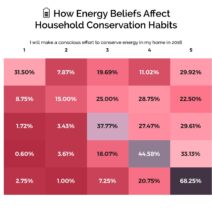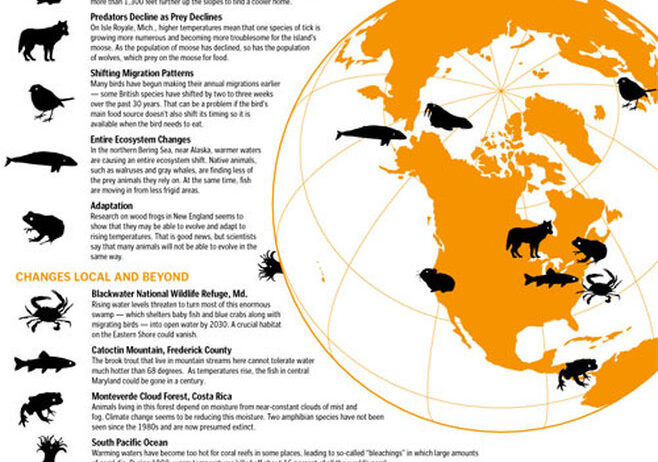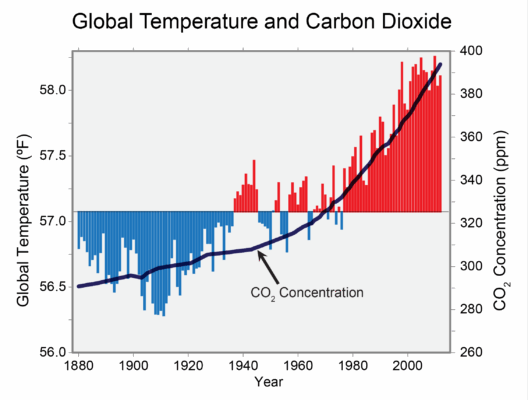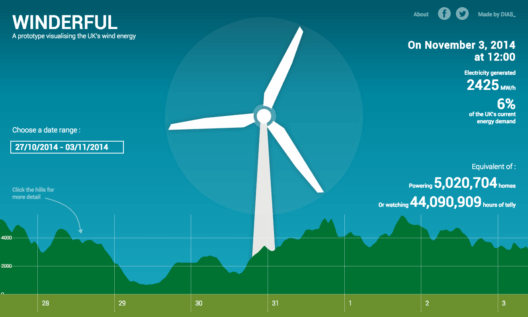Climate change has emerged as one of the most pressing issues of our time, wielding a formidable influence on ecosystems and species across the globe. The ramifications of rising temperatures, shifting weather patterns, and fluctuating sea levels are not confined to human populations alone; they permeate every aspect of the natural world, particularly the animal kingdom. This article explores the myriad ways climate change is affecting animals worldwide, providing a comprehensive overview of its impact on biodiversity, habitat dynamics, and species survival.
Understanding the effects of climate change on animals necessitates a keen analysis of various ecological factors and biological responses. From polar bears facing the stark realities of diminishing ice caps to coral reefs undergoing catastrophic bleaching, the spectrum of suffering is vast and varied.
Here, we delve into how climate change affects animal habitats, survival strategies, and the delicate balance of ecosystems.
The Disappearing Habitats: A Dire Predicament
Habitat degradation stands as a principal consequence of climate change, as the distinctive environments that animals depend on become increasingly inhospitable. For instance, the rapid melting of polar ice due to climate warming is not merely an environmental concern; it is an existential threat to species like polar bears and seals that rely on this icy habitat. The loss of ice diminishes their hunting grounds and breeding sites, leading to declining populations and increased competition for dwindling resources.
Similarly, temperate and tropical ecosystems are not exempt from climate change’s repercussions. Rising temperatures result in altered plant communities, which directly impacts herbivorous animals that forage on them. The intricate food webs that sustain various species are fraying, as specific flora fails to adapt quickly enough to the changing climatic conditions, consequently affecting the animals that depend on them for sustenance.
Coral reefs, often dubbed the “rainforests of the sea,” are experiencing unprecedented bleaching due to warmer ocean temperatures and acidification. This phenomenon not only devastates the coral itself but also threatens the myriad of marine species that depend on these reefs for food and shelter. In this context, the intricate connections between climate change and habitat loss become glaringly apparent.
Adapt or Perish: Shifting Survival Strategies
As habitats transform, so too must the animals that inhabit them. Some species exhibit remarkable adaptability and resilience in the face of climate change, employing unique survival strategies to navigate altered environments. Migration is one such trait observed in numerous species. Birds, for instance, are shifting their migratory patterns in response to changing temperatures and food availability. These shifts can lead to mismatches in timing, as birds may arrive at breeding grounds before food sources are adequately available.
Furthermore, certain mammals are moving to higher elevations or latitudes in search of cooler climates, as seen in species like the snowshoe hare. However, such movements are not always feasible due to geographical barriers and human encroachment. The ability of species to migrate is contingent on various ecological factors, and as habitats change, the traditional migratory pathways may become obstructed, leading to population decline.
Reproductive strategies are also under scrutiny, as some species are altering their breeding timelines in response to temperature shifts. For example, amphibians, which are particularly sensitive to environmental changes, may breed earlier in the season to align with the availability of resources. However, drastic changes in climate may outpace their ability to adapt, resulting in decreased reproductive success and higher juvenile mortality rates.
The Unraveling Ecosystem: The Ripple Effect
The cascading impacts of climate change extend beyond individual species; they reverberate throughout entire ecosystems. Animals are integral to nutrient cycling, pollination, and maintaining ecological balance. As key species decline or shift in distribution, the repercussions can be profound and far-reaching. For instance, the decline of pollinators such as bees due to climate-induced habitat changes can severely impact plant reproduction, leading to decreases in biodiversity.
Pests and invasive species present another challenge. Warmer climates create favorable conditions for certain pest populations to thrive, which can adversely affect native fauna and flora. Animals already grappling with the stresses of climate change may find themselves further burdened by the presence of invasive species that outcompete them for resources or introduce new diseases.
Moreover, the phenomenon of phenological shifts—changes in seasonal behavior—has significant implications for interspecific relationships. Animals that rely on one another for survival, such as predator-prey dynamics, may find their interactions disrupted as a result of a mismatch in life cycles. This disarray can alter population dynamics, potentially leading to the instability of entire ecosystems.
Protecting Our Fauna: Conservation Strategies
Addressing the multifaceted impacts of climate change on animal populations necessitates proactive conservation strategies. Effective measures include habitat restoration, creating wildlife corridors to facilitate migration, and implementing protective legislation to limit habitat loss. Educating communities about the importance of biodiversity and the interconnectedness of ecosystems aids in fostering a societal commitment to conservation.
Additionally, international cooperation is vital in the fight against climate change. Collaborative efforts such as the Convention on Biological Diversity and various climate accords strive to mitigate climate impacts and protect vulnerable species. Fostering public awareness and engagement through grassroots movements can galvanize communities and inspire action.
In summary, climate change poses a profound threat to animals globally, manifesting through habitat loss, altered survival strategies, and ecosystem disruption. Acknowledging the magnitude of this issue is crucial, as collective action can lead to meaningful changes that ensure the survival of myriad species. Protecting these animals is not just an act of kindness; it is essential for the health of our planet and future generations.







